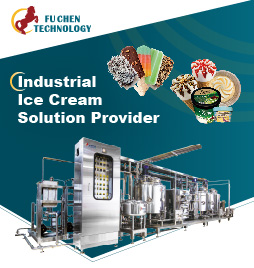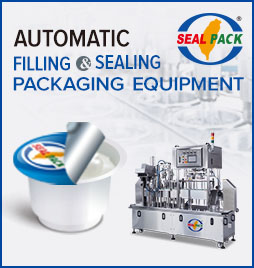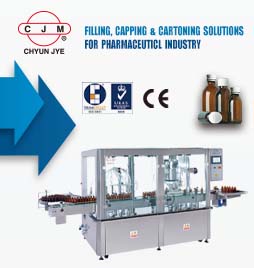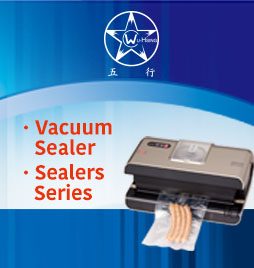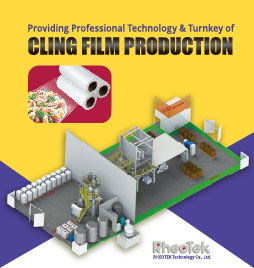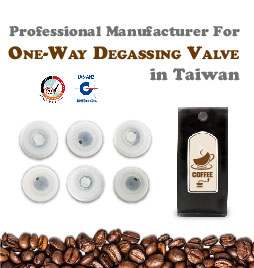Cosmeceuticals and cosmetic packaging going green to meet customers’ requirements
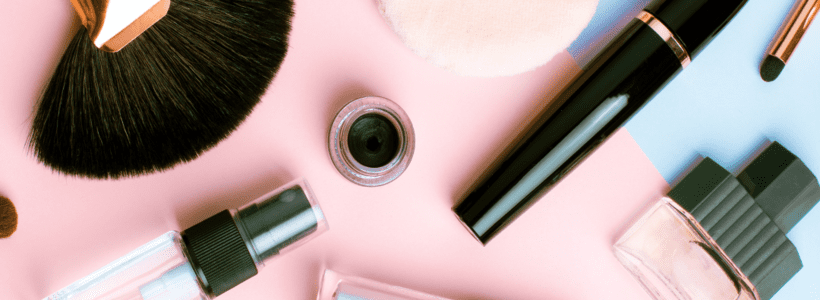
The global cosmetics market size was valued at USD 262.21 billion in 2022 and is expected to expand at a compound annual growth rate (CAGR) of 4.2% from 2023 to 2030. One of the key factors driving the market expansion during the forecast period is the widespread increase in the adoption of skincare and personal care products along with the rise in the global ageing population. A recent market trends report for cosmetics and cosmeceutical states clearly that the “consumers’ preference for organic cosmetics over products with chemical bases is supported by growing knowledge about these goods and their beneficial effects on the skin, which is further fueling the market expansion”. Consumers are going greener and greener, and cosmetic packaging is looking for sustainable solutions.
In the past years, the EU-funded project POLYBIOSKIN focused on how biobased and biodegradable polymers can be modified to meet the challenging requirements for cosmetic preservation while ensuring biodegradability and meeting the requirement of environmental sustainability. Several biobased and biodegradable polymers such as PLA and PHA are already available on the market together with some solutions for both rigid and flexible cosmetic packaging, but for many others, their technology readiness level is still confining these materials to the lab for final validation. A fruitful cooperation among researchers of the University of Pisa, led by Prof. Cinelli, and industries in POLYBIOSKIN took the lead in offering options to the cosmetic sector towards adopting biobased polymers for their packaging. There is high and increasing demand for packaging made from bioplastics, but there are still a number of challenges to address for biobased cosmetic packaging: special requirements are set for cosmetics packaging due to the intrinsic instability of cosmetic products, packaging must be able to preserve the properties of a cosmetic or personal care product, avoiding deterioration before the expiration date, and protecting products from microbial contamination.
Additionally, packaging must provide barriers to oxygen, water, ultra-violet (UV), and migration of substances from the packaging to the cosmetic, or from the cosmetic to the packaging. The peer-reviewed paper published by the research teams of the University of Pisa provides an interesting and thorough analysis of how PLA and PHA-based materials can be used for cosmetic packaging. According to the authors, PLA-based composites are suitable for packaging cosmetics, but it is necessary to conduct specific tests by taking into consideration the specific cosmetic composition to be filled in the packaging, the required shelf life of the products and the final goals the cosmetic aims to achieve. PHA-based materials are also very promising when it comes to use in applications where environmental concern and biocompatibility are required: they are characterized by high biodegradability in different environments and they are very versatile, as they can be used in a variety of applications such as packaging, moulded goods, paper coatings, nonwoven fabrics, adhesives, and films. However, research to test their durability and shelf life is still ongoing.
In parallel, there is an evident, strong trend towards the use of sustainably produced raw materials in the cosmetics field, mainly as active ingredients in formulations. More and more sustainably produced raw materials are being introduced into the cosmetics field not only as components of packaging materials but also as ingredients for cosmetics. Among the variety of polysaccharides recovered in great quantity as waste material, the natural polymers chitin and lignin can be utilized to produce innovative non-woven tissues for medical and cosmetic use: chitin and lignin are made by biobased industrial processes and biologically derived waste materials and are characterized for their low carbon footprint. They are both natural, organic macromolecules produced and used to protect from the pathogen aggressions in the cell walls of both plants and animals. These polymers can be easily produced by both electrospinning and casting technologies when used at their nano-dimension. These bio-nano-polymers would allow a low-cost production of medical tissues, characterized by anti-inflammatory, immune-modulatory, and skin repair effectiveness as well as of innovative cosmetic tissues with protective, moisturizing and anti-ageing activity.
According to the study of the Campania University, led by Prof. Morgante, chitin-lignin scaffolds, when used as carriers for their physicochemical and biological effectiveness, have the capacity to load the selected active ingredients, releasing them at the right dose, right time, and right skin layer. These smart non-woven cosmeceutical tissues can find applications not only in advanced medications and beauty masks but also innovative biodegradable fabrics for diapers and thus help reduce waste.
These three scientific papers provide more technical insights on options for using sustainable, possibly compostable, or biodegradable packaging in cosmetic packaging and cosmeceuticals.
References:
- Cinelli et al. Cosmetic Packaging to Save the Environment: Future Perspectives , https://doi.org/10.3390/cosmetics6020026 . Link: https://www.mdpi.com/2079-9284/6/2/26
- Morganti et al. Chitin & Lignin: Turning Food Waste into Cosmeceuticals. J Clin Cosmet Dermatol 3(1): dx.doi.org/10.16966/2576-2826.135 Link: https://www.sciforschenonline.org/journals/clinical-cosmetic-dermatology/JCCD-3-135.php
- Morganti et al. Biopolymer- and Natural fiber-based biomimetic tissues to realize smart cosmeceuticals and nutraceuticals using an innovative approach,Pharmaceutics 2023,15,2525.doi:10.3390/pharmaceutics15112525 https://www.mdpi.com/1999-4923/15/11/2525



